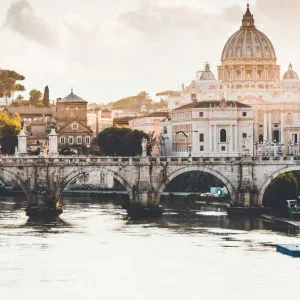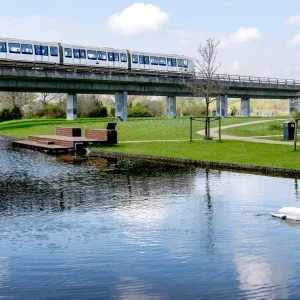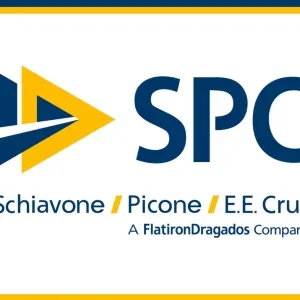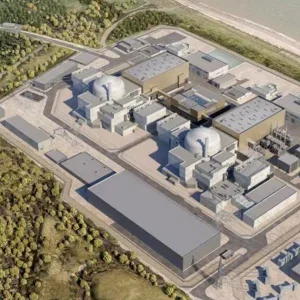The tunnel slopes down to both portals which, governor Heita Kawakatsu maintains, will result in the drawing-off of excessive groundwater thereby adversely affecting local communities who are dependent on the River Oi.
Railway owner JR Central has said it is looking into the water problem and has pleaded with the governor to allow work to begin, saying it will take five years to dig the tunnel, and another two to lay the tracks. Time is tight as the first section of line between Tokyo and Nagoya is due to open in 2027.
It has been suggested that what the governor really wants is a station in his prefecture which currently the proposed line passes through without a single stop. However, it is thought he will eventually consent irrespective of whether any deal is brokered.
When finally completed, the tunnel – with overburdens of up to 1,400m – will be the deepest in Japan. It will convey the world’s first intercity Maglev line which is thought will be the fastest and most sophisticated railway ever built, taking just 67 minutes to glide the roughly 400km (250 miles) between Tokyo and Osaka. Magnetic levitation will allow the trackless train to hover 100mm above the surface, eliminating moving parts and allowing almost friction-free travel. Work began on the project in 2014.







